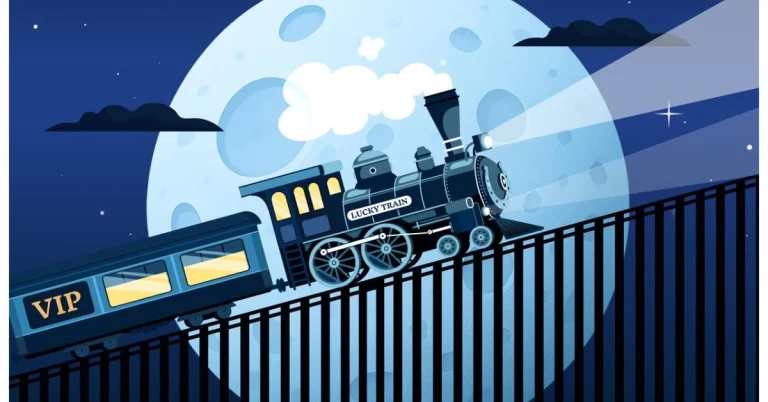
Mastering the Art of Collecting Vintage Watches: Tips and Trends
Takeaways:
- Understand the key factors that influence the value of vintage watches.
- Learn how to authenticate and assess vintage timepieces.
- Stay updated with current trends in the vintage watch market.
- Discover tips for maintaining and caring for your vintage watch collection.
Collecting vintage watches is not just a hobby; it’s an art form that combines passion, knowledge, and an appreciation for history. As the luxury watch market continues to grow, vintage timepieces have become highly sought after by collectors and investors alike. In this article, we will explore essential tips and the latest trends in vintage watch collecting, helping you to navigate this exciting world.
Understanding the Value of Vintage Watches
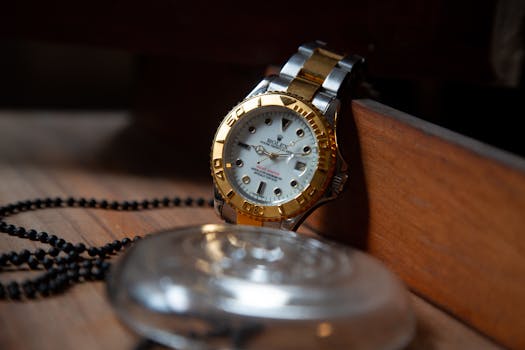
Brand Significance: Certain brands, such as Rolex, Patek Philippe, and Omega, are synonymous with quality and craftsmanship. Watches from these brands often appreciate significantly over time. Familiarize yourself with the top brands and their histories to make informed purchasing decisions.
Rarity and Condition: The rarity of a watch significantly impacts its value. Limited editions or models produced in small quantities are often more sought after. Additionally, the condition of the watch—whether it has original parts, minimal wear, and proper documentation—plays a vital role in its valuation.
Provenance: A watch with a notable history or previous ownership by a celebrity can elevate its value. Collectors often seek out pieces with interesting stories, so having documentation or a narrative can be beneficial.
Market Trends: The vintage watch market is influenced by trends and demand. Keeping an eye on auction results, collector forums, and market analyses will help you understand what’s hot and what’s not.
Authenticating Vintage Watches
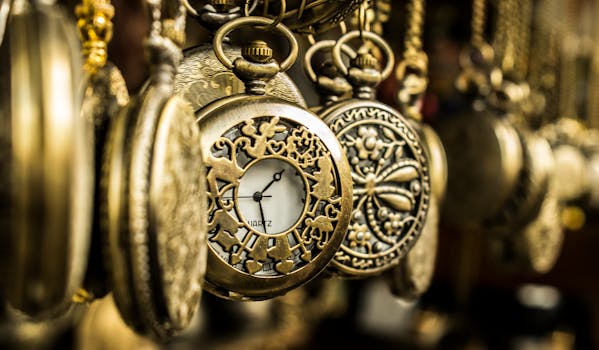
Research the Model: Familiarize yourself with the specific model you are interested in. Look for key features, such as the logo, hands, and case back details. Watch forums and collector groups can be invaluable resources.
Check for Serial and Model Numbers: Most watches have serial and model numbers engraved on them. These numbers can help you identify the production year and authenticity. Ensure that these numbers match the documentation and are consistent with the model’s known characteristics.
Seek Professional Help: When in doubt, consult a professional watchmaker or a reputable dealer. They can provide insights and verify the watch’s authenticity. Investing in a professional appraisal can save you from costly mistakes.
Beware of Red Flags: Pay attention to signs that a watch may be a replica or counterfeit. Poor craftsmanship, mismatched parts, and unusual weight can indicate issues. Always trust your instincts—if something feels off, it’s worth investigating further.
Current Trends in Vintage Watch Collecting
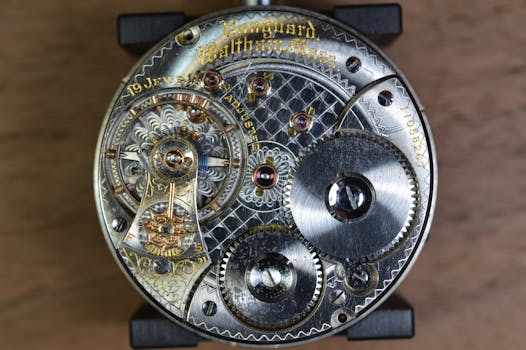
Smart Watches vs. Vintage: As smartwatches gain popularity, some collectors are gravitating towards vintage models as a statement of style and a nod to craftsmanship. The juxtaposition of modern technology and classic design is captivating for many.
Investment Potential: More collectors are viewing vintage watches as a form of investment. With certain models appreciating significantly over time, savvy collectors are focusing on those with strong resale potential.
Restoration and Customization: While preserving the originality of vintage watches is important, some collectors are opting for restoration or customization. This trend allows collectors to personalize their pieces while still maintaining value, as long as the work is executed by reputable artisans.
Community Engagement: The rise of social media has fostered a vibrant community of vintage watch enthusiasts. Platforms like Instagram and dedicated watch forums have become essential for sharing collections, knowledge, and trends.
Maintaining Your Vintage Watch Collection
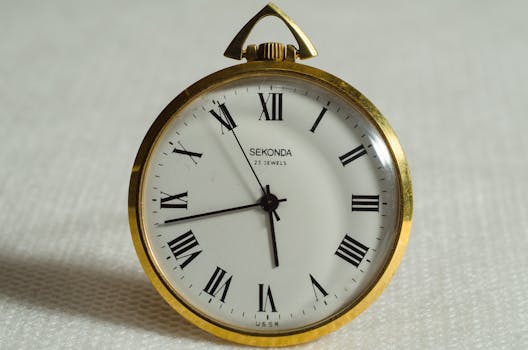
Regular Servicing: Just like any mechanical device, vintage watches require regular servicing to function properly. It’s advisable to have your watches serviced by professionals who specialize in vintage timepieces.
Proper Storage: Store your vintage watches in a dry, cool place, preferably in a watch box with soft lining to prevent scratches. Avoid exposing them to extreme temperatures and humidity.
Wearing Your Watches: Wearing your vintage watches can actually be beneficial. It keeps the movement lubricated and functioning well. However, be cautious about exposure to water or harsh conditions.
Cleaning: Be gentle when cleaning your vintage watches. Use a soft, dry cloth for the exterior and avoid using water or cleaning agents that could damage the finish.
By following these tips and staying informed about current trends, you can enhance your vintage watch collection and enjoy the journey of collecting these timeless pieces.


